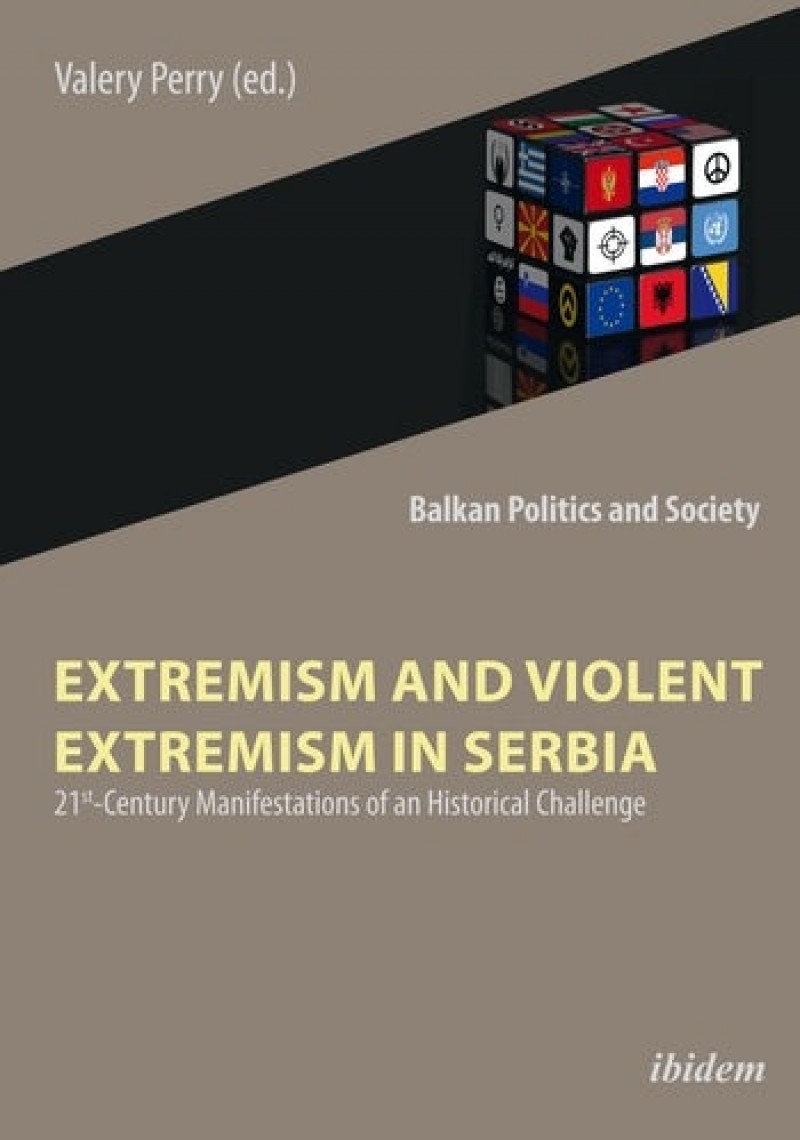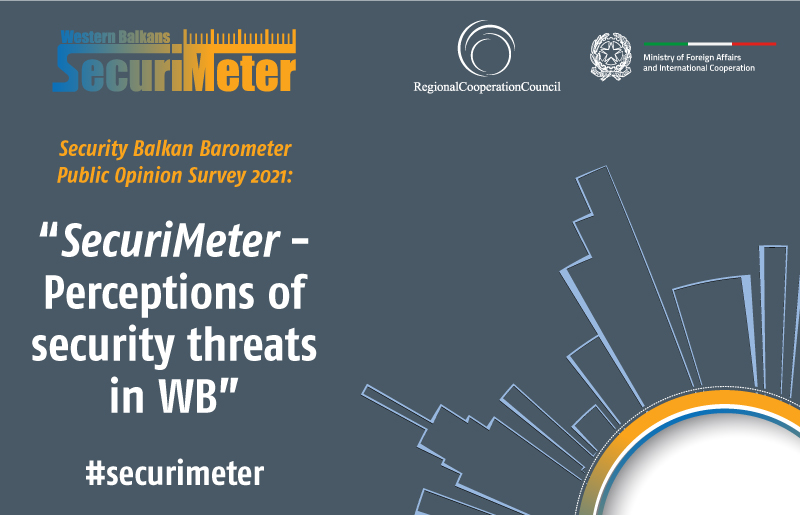- Home/
- News
New Book: Extremism and Violent Extremism in Serbia - 21st Century Manifestations of an Historical Challenge

Photo: Cover of a book Extremism and Violent Extremism in Serbia, 21st Century Manifestations of an Historical Challenge
New edited volume: Extremism and Violent Extremism in Serbia: 21-st Century Manifestations of an Historical Challenge, Valery Perry (ed.) published by Ibidem Press/Columbia University Press.
The topics of extremism, violent extremism, and radicalization leading to terrorism have constituted an increasingly prominent area of policy interest and donor support in recent years, globally and in the western Balkans. The main manifestation of extremism of interest to foreign donors (and often domestic authorities) is ISIS-inspired violent jihadism. However, in many of the countries in the region there are other forms of extremism – namely far-right nationalism, violent hooliganism, and neo-Nazi movements – that are often considered to be more of a threat, particularly as they are often viewed as examples of “normalized” political expression. The dynamics of reciprocal radicalization, in which competing extremisms feed off of, reinforce, and even need one another, can create seemingly intractable conflict spirals of escalation and violence.
This volume explores these dynamics in Serbia through original research and perspectives that demonstrate that Serbia is vulnerable to many types of extremism, which can best be prevented by achieving the liberal, democratic, rights-based reforms that have remained elusive for more than two decades. This broad and holistic approach is important for Serbia and its neighbors, as the security lens through which most research has been focused to date has done little to explain the deep and structural dynamics of radicalization and extremism in the region.
The volume includes the following:
· “Defining, Framing and Contextualizing Extremism and Violent Extremism
in Serbia: An Introduction to the Volume,” by Valery Perry;
· “Using the Past to Extremes in Serbia: Narratives of Historical
Violence in Right-Wing Extremism and Islamism,” by Niké Wentholt;
· “The Eurasian Wings of Serbia: Serbian Affinities of the Russian Radical Right,” by Ana Dević;
· “(Non)violent Extremism Online: How Opinion Leaders Use Online
Channels to Disseminate Radical Messages and Intolerance,” by Davor
Marko;
· “The Nexus between Online Violent Extremism and Serbian Youth: How Do
Young People in Novi Sad, Bor, Zaječar, and Tutin Perceive Online
Extremist Narratives?” by Kristina Ivanović;
· “Mapping Extremist Discourse among Serbian 4Chan /pol/ Users,” by Boris Milanović;
· “Violent Extremism and Radicalization in the Context of the Migrant Crisis: Evidence from Serbia,” by Tijana Rečević;
· “Inclusive Intangible Cultural Heritage Protection as an Instrument
for the Prevention of Identity-Based Conflicts: The Case of Serbia,” by
Miloš Milenković
More information can be found at: https://cup.columbia.edu/book/


 Development of specialized PCVE web site is funded by EU FUNDS CN 2017-386/831 - "IPA II 2016 Regional Action on P/CVE in the Western Balkans"
Development of specialized PCVE web site is funded by EU FUNDS CN 2017-386/831 - "IPA II 2016 Regional Action on P/CVE in the Western Balkans"